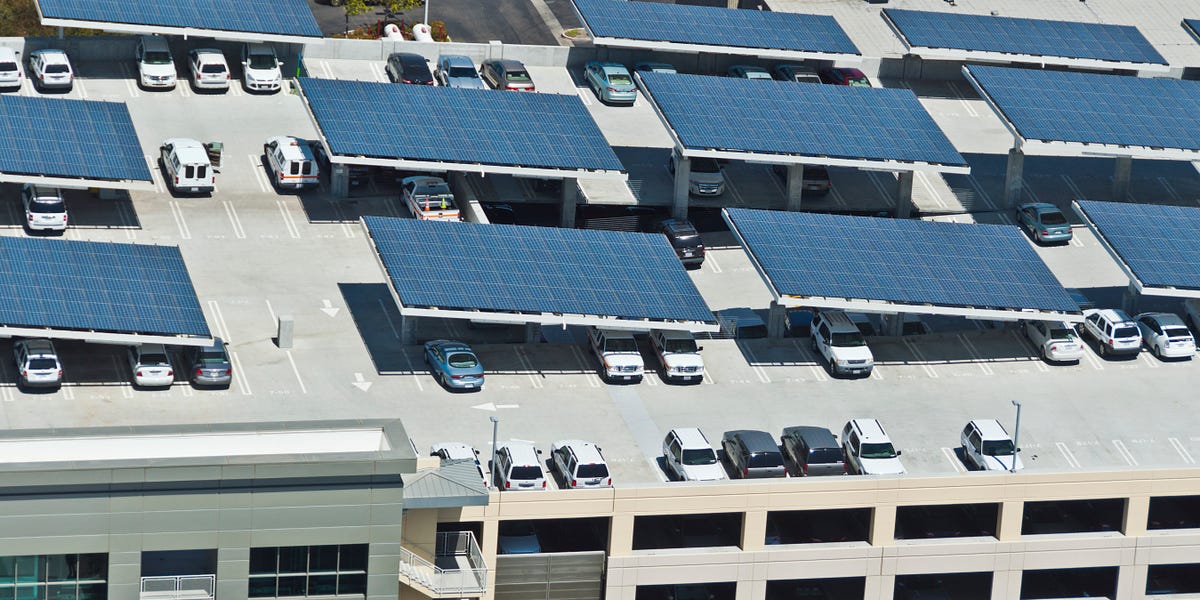Saved by Jason Badeaux
Rooftop solar and home batteries make a clean grid vastly more affordable
Rooftop solar, battery storage, electric vehicles, and energy management devices are all examples of DERs – numerous pockets of energy spread throughout the grid rather than concentrated in a single spot. Unlike centralized sources of power, DERs can make the grid flexible and enable control of both electricity supply and demand in real-time. Howev... See more
Grace Penders • Electrifying Everything: Let's Get Flexible
In large, populous nations, the complete reliance on these renewables would require what we are still missing: either mass-scale, long-term (days to weeks) electricity storage that would back up intermittent electricity generation, or extensive grids of high-voltage lines to transmit electricity across time zones and from sunny and windy regions to
... See moreVaclav Smil • How the World Really Works: The Science Behind How We Got Here and Where We're Going
Importantly, DER deployment is rapidly increasing – according to Wood Mackenzie’s second annual U.S. DER Outlook, we’re expected to reach 253 GW of DER capacity and demand flexibility potential by 2026. The sheer mass of behind-the-meter renewable energy coming online will fundamentally alter the nature of our electricity supply.
Grace Penders • Electrifying Everything: Let's Get Flexible
The core user flow of Daylight is as follows:
- Homeowners can store excess energy produced by a DER; this is standard, as there’s typically enough in excess to produce revenues and sustain a home’s energy consumption
- In times of high demand, distribute this energy back to the grid
- VPP operators can aggregate these homes into pools and sell it back to a
